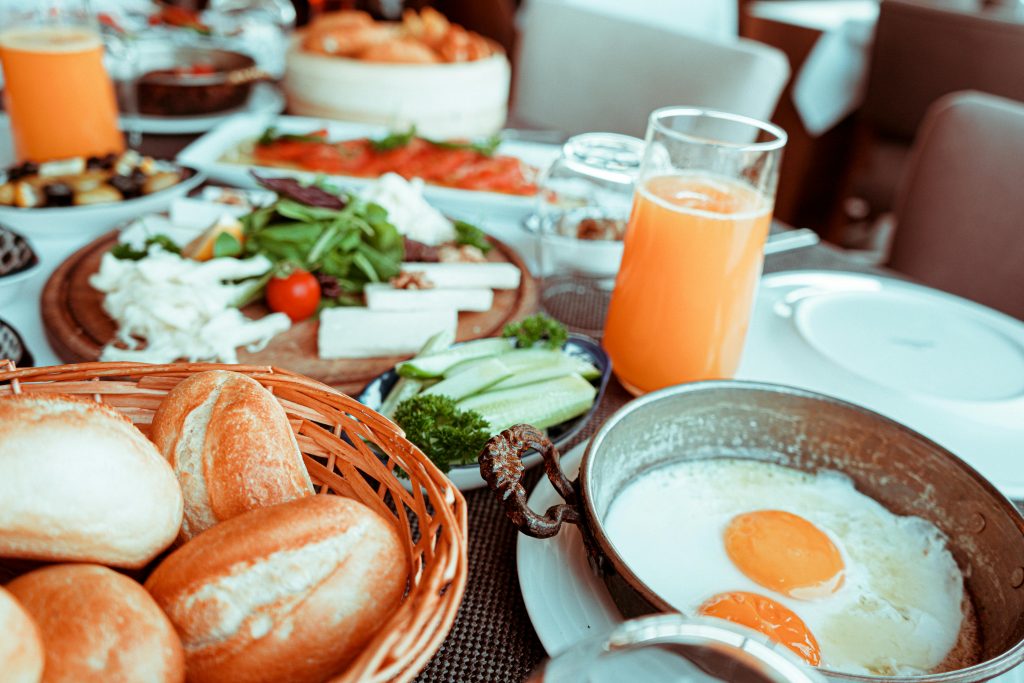Frequently asked questions
What inspires your recipes?
The recipes are born from a deep love of cooking, a passion for seasonal ingredients, and a curiosity to blend classic techniques with fresh ideas. Each dish reflects a balance of flavor, texture, and creativity.

Can I substitute ingredients in the recipes?
Absolutely. Many of the recipes are flexible and encourage personal twists. Whether you have dietary restrictions or simply want to use what’s already in your kitchen, feel free to make adjustments—just aim to maintain the flavor and structure of the dish.
I’m new to cooking. Are the recipes beginner-friendly?
Yes. Most recipes are broken down into clear, manageable steps. You’ll also find helpful notes and tips along the way to guide you through the process, making it approachable even for first-time cooks
Do I need any special equipment to follow the recipes?
Not necessarily. While some recipes may call for tools like a food processor or cast iron skillet, many can be made with basic kitchen equipment. When special tools are used, alternatives are often suggested.
How often are new recipes added?
New recipes are added regularly, often inspired by the seasons, current culinary trends, or a great ingredient that sparks an idea. Subscribe to the newsletter or follow on social media to stay updated.
Are the recipes tested?
Yes. Every recipe is tested multiple times to ensure reliable results and consistent flavor. If a dish appears on the site, it’s because it’s been cooked, refined, and truly loved.
What’s the best way to clean cookware after making one of your recipes?
For most cookware, warm water, mild dish soap, and a non-abrasive sponge are all you need. If something is stuck, let it soak—resist the urge to scrape. Taking good care of your tools means they’ll take care of your cooking.
Do you recommend cast iron for your recipes?
Definitely. Cast iron offers unbeatable heat retention and even cooking. It’s especially great for searing, braising, and oven-to-table dishes. If well-maintained, it becomes a kitchen workhorse that lasts a lifetime.
How do I know if a pan is oven-safe?
Most stainless steel, cast iron, and enameled cookware can go in the oven, but always check the manufacturer’s guidelines—especially for handles and lids. When in doubt, keep it below 400°F (200°C) or transfer to a known-safe dish.
Why does my food stick to the pan?
Sticking often happens when the pan isn’t hot enough before adding ingredients—or when there’s not enough fat. Preheat your pan, let oil or butter coat it evenly, and give food time to form a sear before moving it around.
How can I tell when meat is done without cutting into it?
Use a meat thermometer for precision. It’s the most reliable method. If you’re cooking often, learning the feel of doneness (by pressing gently on the surface) is a skill worth developing over time.
Do I need to preheat my pan?
Yes, almost always. A hot pan helps develop flavor, prevents sticking, and gives you better control over cooking. Wait until the pan is evenly heated before adding oil or ingredients.
Is there a difference between simmering and boiling?
Absolutely. Boiling is vigorous and high heat; simmering is gentler and ideal for slow cooking. Recipes that call for simmering (like stews or sauces) benefit from the lower heat to deepen flavor and prevent over-reduction.
